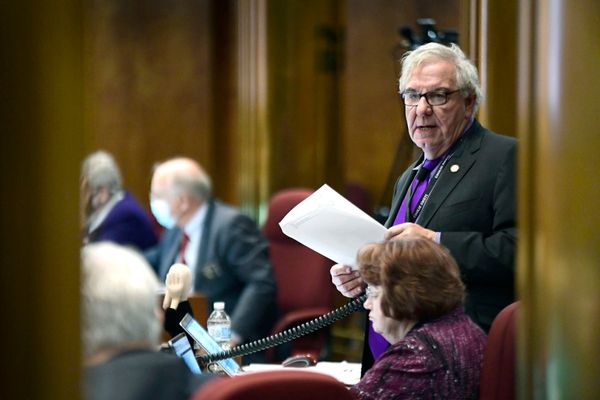Moisture-fuelled troughs in early September and October have helped deliver Western Australia's wettest spring in nearly 50 years, with cool temperatures dominating the state.
Figures from the Bureau of Meteorology show the average rainfall for the state was just over 90 millimetres for the season.
It makes it the second wettest spring since records began for the state. The Kimberley region recorded its highest spring rainfall on record.
But Perth and south-west coast bucked the trend.
Instead, the region was one of the few in Australia to experience drier-than-average conditions this spring.
The only other region to do so was western Tasmania.
Spring was also marked by cool conditions.
While it did not nudge a record, the majority of Western Australia experienced "very much below average" temperatures for the season.
Parts of the Kimberley were above average, while Perth and the west coast's figures were average, capped off by three days of heat well above normal.
The cool and wet spring weather for Australia is an unusual feat given the influence of climate change.
The latest State of the Climate report said every decade since 1950 had been warmer than the previous.
It said warming had been observed across Australia during all months, with both day and night-time temperatures increasing.
Hot summer ahead
Latest outlooks from the Bureau of Meteorology have suggested the cool spring is not an indication of what is to come.
Its summer outlook, released last week, tipped another scorching summer ahead for Western Australia, with both day and night-time temperatures expected to be hotter than normal for the majority of the state.
But the long-range outlook projected December would be cooler than normal for the southern half of the state, with the heat kicking in during January.







